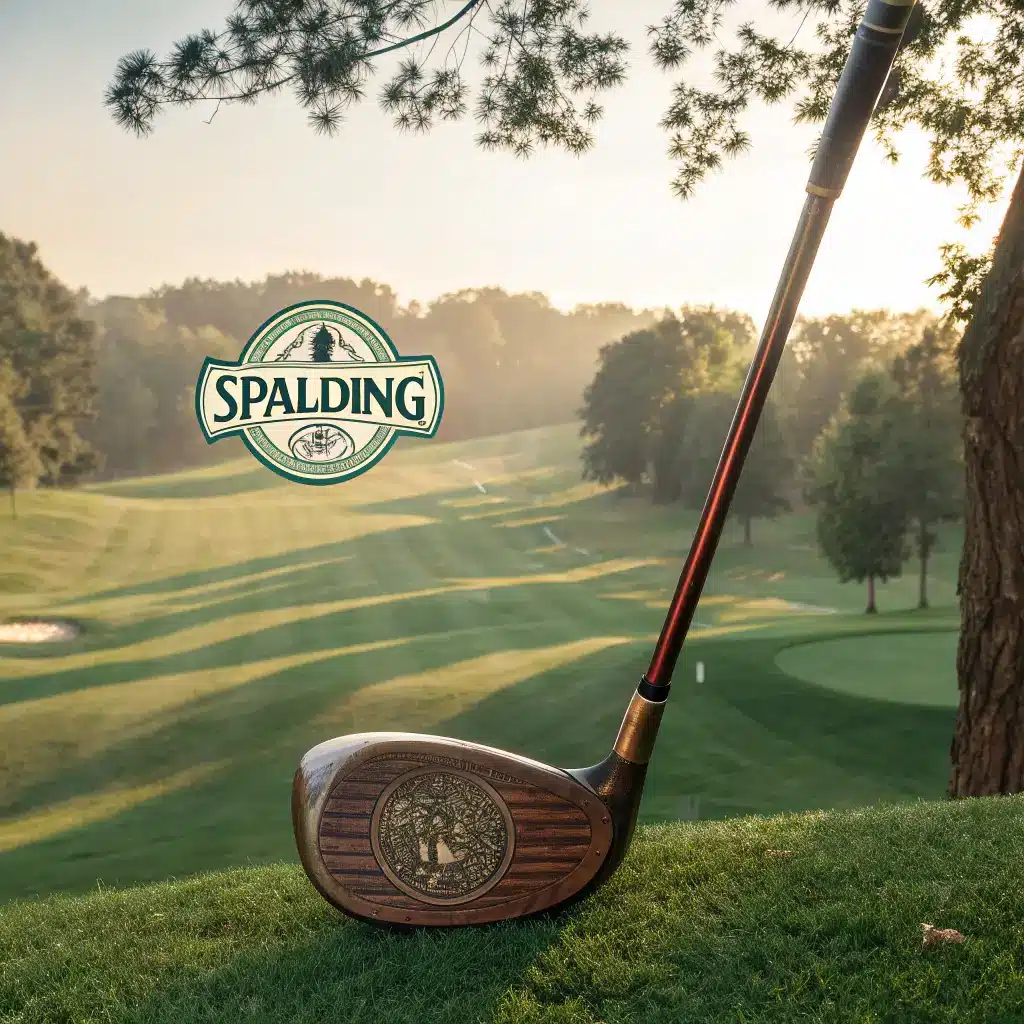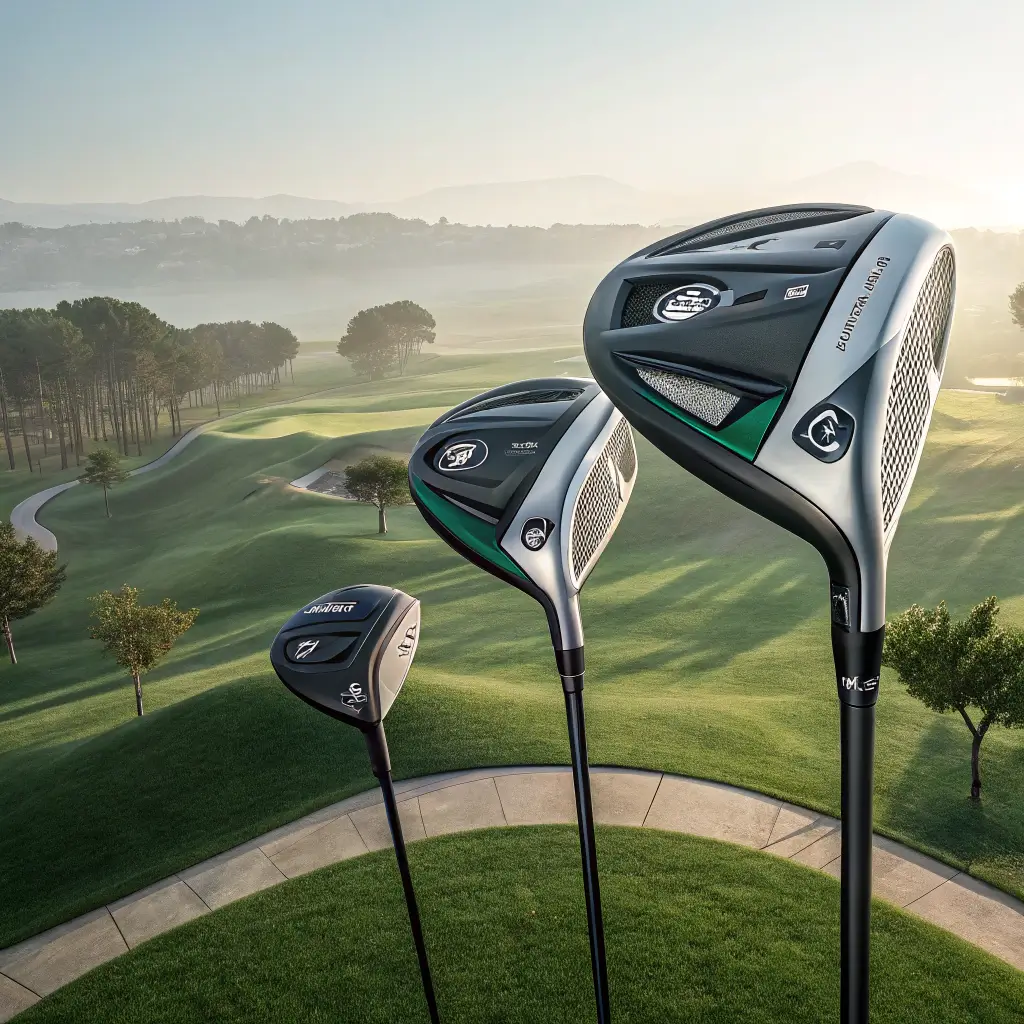The evolution of men’s spalding golf clubs tech flow system by year showcases a remarkable journey through golf technology. Spalding has consistently integrated innovative features into their clubs, enhancing performance and user experience. The tech flow system, introduced in various models over the years, reflects the brand’s commitment to adapting to golfers’ needs. This system emphasizes the importance of balance, weight distribution, and material advancements, allowing players to achieve greater accuracy and distance. As we explore the timeline of Spalding golf clubs, we will uncover how each year brought new technological breakthroughs, shaping the way golfers approach the game. From the early 1900s to the present day, Spalding has played a pivotal role in the evolution of golf club technology, making it essential for both beginners and seasoned players to understand this rich history.
The Golden Age: 1960-1980
The period from 1960 to 1980 marked a transformative era in the world of golf, particularly for Spalding golf clubs. This golden age saw significant advancements in golf club technology, which not only changed how the game was played but also influenced the design and performance of golf clubs. The introduction of new materials and designs during this time laid the groundwork for modern golf equipment innovations.
Introduction of New Technologies
The shift from wood to metal clubs revolutionized the game. Metal clubs offered greater durability and consistency, allowing golfers to achieve better performance on the course. Spalding was at the forefront of this transition, introducing clubs that utilized stainless steel and aluminum, which provided a more solid feel and improved ball striking.
Another significant innovation was the introduction of cavity-back designs. These clubs featured a hollowed-out back, redistributing weight to the perimeter, which enhanced forgiveness on off-center hits. This technology made it easier for golfers, especially beginners, to achieve better results, thus broadening the appeal of Spalding golf clubs.
As the technology evolved, so did the understanding of swing dynamics and club performance. Spalding’s commitment to research and development during this period led to the creation of clubs that catered to various skill levels, making the game more accessible to a wider audience.

Popular Models and Their Impact
Several iconic Spalding golf club models emerged during this golden age, each leaving a lasting impact on the sport. The Spalding Top-Flite, for instance, became synonymous with quality and performance, favored by both amateur and professional golfers alike.
Another notable model was the Spalding Executive, which combined innovative design with advanced materials, appealing to serious golfers looking for precision and control. These models not only influenced the market but also set new standards for performance and aesthetics in golf club technology.
The impact of these clubs extended beyond just sales figures; they shaped the playing styles of professional golfers. Many top players adopted Spalding clubs, showcasing their capabilities in major tournaments, which in turn boosted the brand’s reputation and visibility in the competitive golf equipment landscape.
In summary, the golden age of Spalding golf clubs from 1960 to 1980 was characterized by groundbreaking technological advancements and the introduction of iconic models that significantly influenced the game of golf. This era not only enhanced the performance of golfers but also solidified Spalding’s legacy in the history of golf clubs.
The Modern Era: 1990-Present
The evolution of Spalding golf clubs from the 1990s to the present showcases remarkable advancements in technology and design. This period marks a significant shift in how golf clubs are engineered, focusing on performance, customization, and user experience. The introduction of innovative materials and data-driven design has transformed the landscape of golf equipment, making it more accessible and effective for players of all skill levels.
Technological Innovations in the 1990s
The 1990s heralded a new era in golf club technology, particularly with the introduction of advanced materials like titanium. This lightweight yet strong material allowed for larger clubheads, enhancing forgiveness and distance. The design philosophy shifted towards maximizing performance, leading to the creation of oversized drivers and perimeter-weighted irons.
Spalding embraced these changes, launching models that incorporated these innovations. The focus was on improving the golfer’s experience, making clubs easier to hit and more forgiving on off-center strikes. The integration of computer-aided design (CAD) allowed for precise engineering, resulting in clubs that catered to a wider range of players.
Additionally, the 1990s saw a rise in the popularity of graphite shafts, which further reduced weight and improved swing speed. This combination of materials and design changes set the stage for the modern golf club, emphasizing performance and playability.
Recent Developments and Trends
In recent years, Spalding has continued to innovate, introducing models that feature cutting-edge technology. Current offerings include adjustable clubheads, which allow golfers to customize loft and lie angles for optimal performance. This adaptability caters to individual swing styles and preferences, enhancing the overall golfing experience.
The role of data and analytics in club design has become increasingly significant. Manufacturers now utilize advanced simulations and player data to refine club specifications, ensuring that each model meets the demands of modern golfers. This data-driven approach has led to the development of clubs that not only perform well but also provide feedback to help players improve their game.
Moreover, the integration of smart technology into golf clubs is on the rise. Features such as built-in sensors that track swing metrics and performance analytics are becoming commonplace. These innovations empower golfers to make informed decisions about their game and equipment.
As we look to the future, Spalding golf clubs continue to evolve, blending tradition with modern technology. The commitment to enhancing performance and accessibility remains at the forefront, ensuring that golfers of all levels can benefit from the latest advancements in golf club technology.
Comparing Spalding Golf Clubs with Competitors
Spalding golf clubs have a rich history and a unique position in the golf equipment market. When compared to competitors like Callaway, TaylorMade, and Ping, Spalding offers distinct advantages. Their commitment to innovation and performance is evident in their technology, particularly the men’s Spalding golf clubs tech flow system by year.
One of the unique selling points of Spalding clubs is their focus on user-friendly designs. Many models cater specifically to beginners, making them accessible for those new to the sport. The integration of advanced materials and engineering techniques enhances performance, ensuring that golfers of all skill levels can benefit.
Customer preferences indicate a growing trend towards brands that offer both quality and affordability. Spalding golf clubs strike a balance between these two factors, appealing to budget-conscious golfers without compromising on performance. Their reputation for durability and reliability also plays a significant role in customer loyalty.
Market trends show an increasing interest in golf club technology that enhances playability. Spalding’s innovative features, such as adjustable weights and improved aerodynamics, position them favorably against competitors. Additionally, the brand’s historical significance in the golf industry adds to its appeal, as many golfers appreciate the legacy and craftsmanship associated with Spalding.
In summary, Spalding golf clubs stand out in a competitive market due to their commitment to technology, user-friendly designs, and a strong historical background. As golfers continue to seek quality equipment that enhances their game, Spalding remains a relevant and trusted choice.
Conclusion: The Future of Spalding Golf Clubs
Spalding’s journey through the years showcases a rich history of innovation and performance in golf club technology. From its early beginnings to the introduction of the men’s Spalding golf clubs tech flow system by year, the brand has consistently evolved to meet the needs of golfers.
As we look ahead, several trends and innovations are likely to shape the future of Spalding golf clubs:
- Increased focus on customization options for golfers of all skill levels.
- Integration of smart technology for real-time performance tracking.
- Advancements in materials for lighter, more durable clubs.
- Enhanced aerodynamics to improve swing efficiency and distance.
- Greater emphasis on sustainability in manufacturing processes.
These predictions indicate that Spalding will continue to lead in golf equipment innovations, ensuring that both beginners and seasoned players can benefit from cutting-edge technology. The future of Spalding golf clubs looks promising, with a commitment to enhancing the game for all golfers.

FAQs about Spalding Golf Clubs
Here are some frequently asked questions about Spalding golf clubs that can help you understand their offerings better.
The most popular Spalding golf clubs include the Spalding Executive and the Spalding Tour models, known for their quality and performance.
Spalding golf clubs are often praised for their affordability and innovative designs, making them a great choice for both beginners and experienced golfers.
Yes, Spalding golf clubs are designed to be user-friendly, making them an excellent option for beginners looking to improve their game.
Spalding golf clubs are made from a variety of materials, including stainless steel, titanium, and composite materials, which enhance performance and durability.
Spalding golf clubs can be purchased at various sporting goods stores, online retailers, and directly from the Spalding website.
